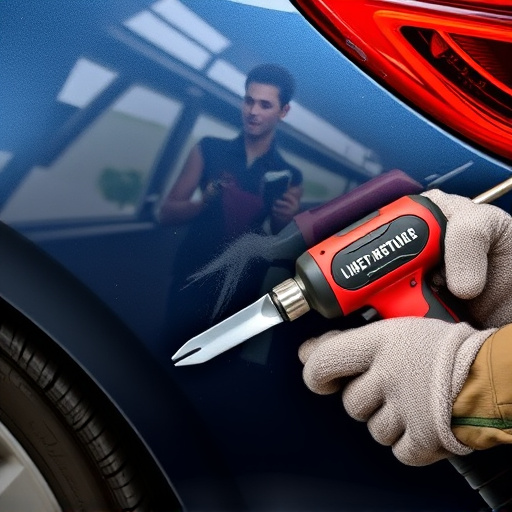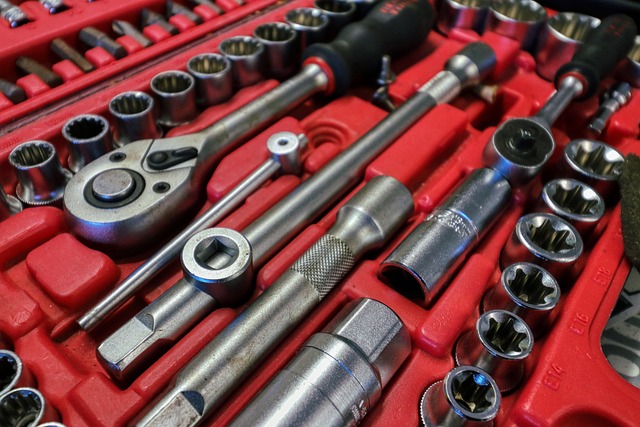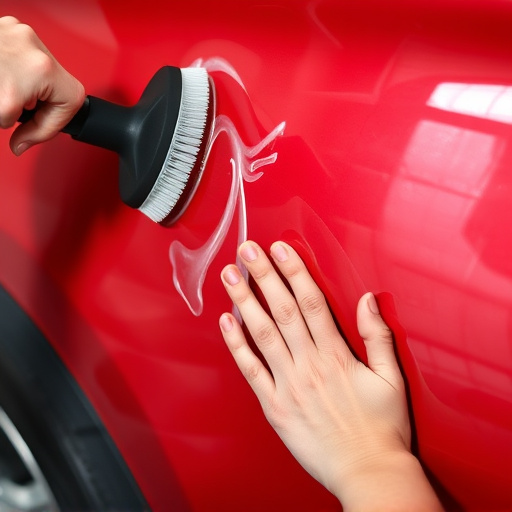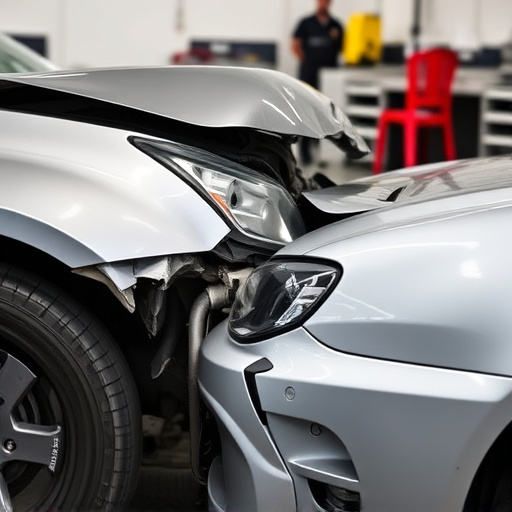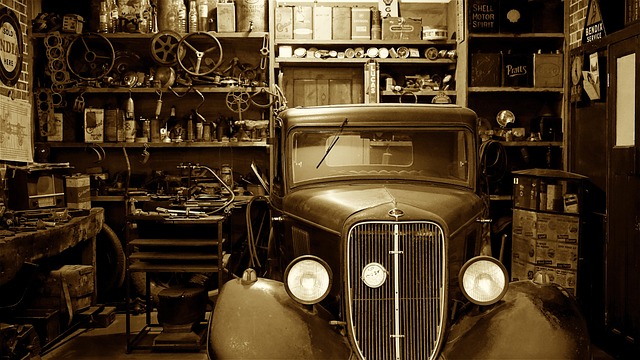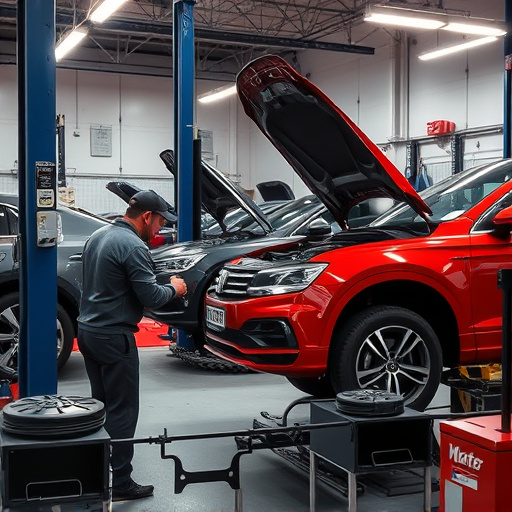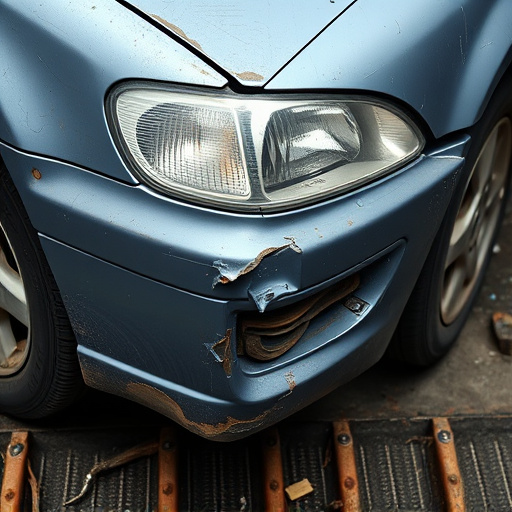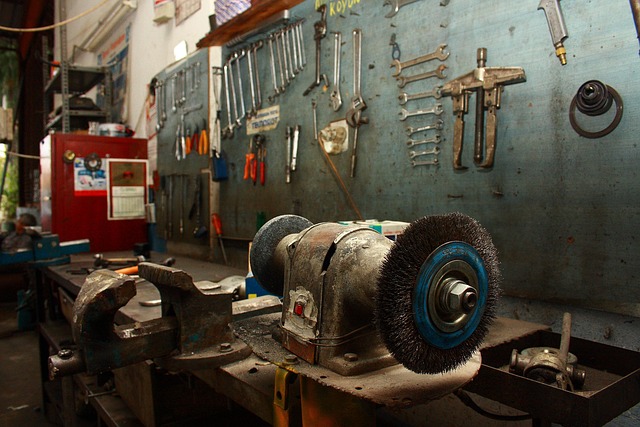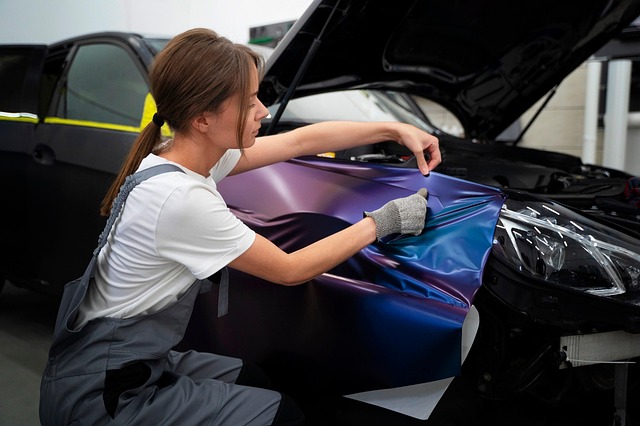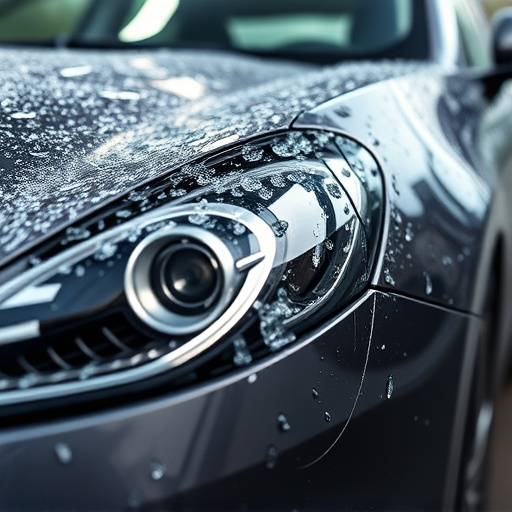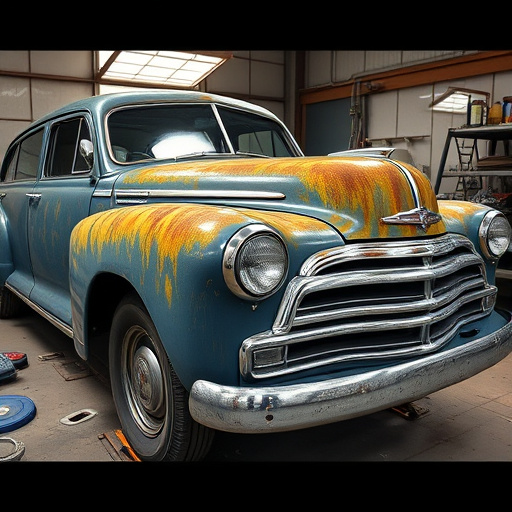Digital frame measuring technology revolutionizes insurance claims processing by automating damage assessment, reducing manual errors, and speeding up claim resolution. This enhances efficiency in fleet repair services and collision repairs, minimizing costs and improving customer satisfaction. Insurance companies leverage digital solutions for precise data capture, timely decision-making, cost savings, fraud prevention, and fair pricing strategies, ultimately strengthening the industry's resilience and transparency.
Insurance companies are increasingly turning to digital frame measuring techniques for a multitude of reasons. This shift is driven by the need to streamline operations, enhance data accuracy, and gain real-time insights. Digital frame measuring offers unprecedented efficiency by automating processes that were once manual, significantly reducing human error. This technology empowers insurers with timely data, enabling informed decision-making and ultimately improving overall operational performance.
- Streamlining Operations: Digital Frame Efficiency
- Data Accuracy: Reducing Human Error
- Real-Time Insights: Informed Decision Making
Streamlining Operations: Digital Frame Efficiency
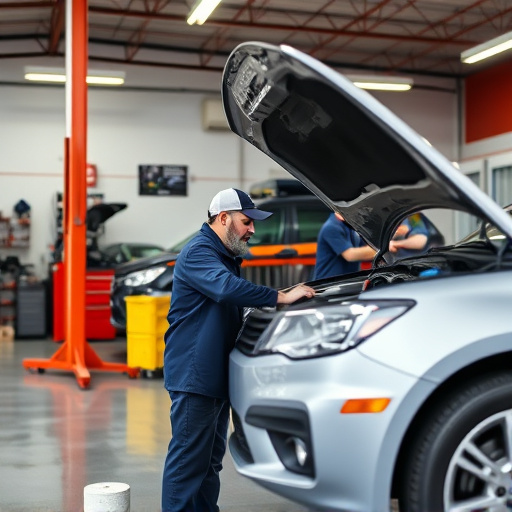
The adoption of digital frame measuring technology has revolutionized the way insurance companies handle claims and assess damage, particularly in the realm of vehicle repair. Traditional methods often relied on manual measurements and visual inspections, which could be time-consuming and subject to human error. Digital frames, however, offer a streamlined solution. With their advanced sensors and software capabilities, these tools can quickly capture precise dimensions and images of damaged vehicles, including intricate details like dents and scratches. This efficiency is particularly beneficial for fleet repair services, where handling numerous vehicles efficiently is crucial.
By automating the measuring process, insurance companies can reduce the time spent on claim assessments by up to 50%. This not only expedites the claims settlement process but also minimizes administrative costs. Moreover, digital frame measuring provides a standardized approach, ensuring consistency in damage evaluations across different locations and repair shops. This uniformity is especially valuable when comparing vehicle repair estimates and facilitates quicker decisions, ultimately enhancing customer satisfaction with the claim resolution process, be it for vehicle repair, dent removal, or other types of damage.
Data Accuracy: Reducing Human Error
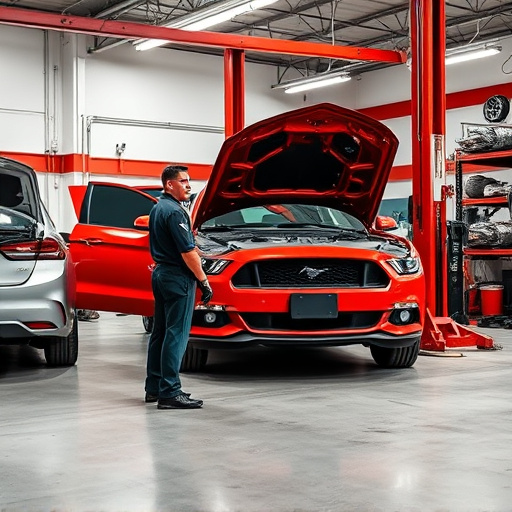
The shift towards digital frame measuring in insurance companies is largely driven by the pursuit of data accuracy and efficiency. Traditional manual measurements are susceptible to human error, which can lead to inaccurate assessments and claims processing delays. Digital frame measuring tools, on the other hand, offer a more precise and consistent approach. These advanced systems use sensors and software algorithms to capture detailed measurements, minimizing the risk of errors introduced by human factors such as fatigue, inattention, or varying skill levels.
By adopting digital frame measuring technologies, insurance companies can streamline their car body repair processes, including classic car restoration projects. This is particularly beneficial for tasks like scratch repair, where minute and precise measurements are crucial for effective repairs and ensuring a seamless finish. The accuracy of digital measurement tools translates to faster and more efficient claims handling, ultimately enhancing customer satisfaction in scenarios involving car body repair or restoration.
Real-Time Insights: Informed Decision Making
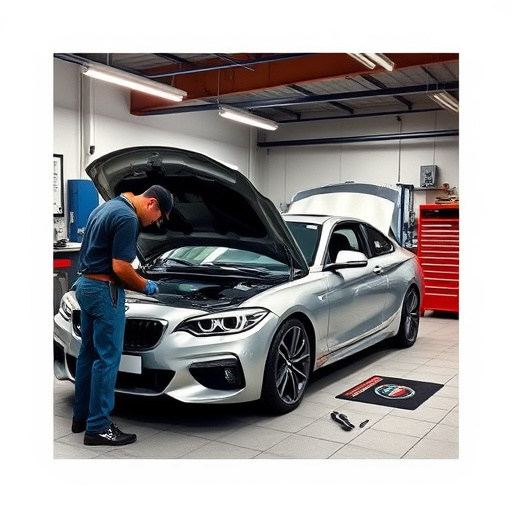
The advent of digital frame measuring technologies has revolutionized the way insurance companies assess and manage claims, particularly in the realm of collision repair shop and autobody repairs. These innovative tools provide real-time insights into vehicle damage, enabling insurers to make informed decisions promptly. With data-driven accuracy, they can now accurately estimate repair costs, reduce fraud, and streamline the entire claims process. This efficiency translates into cost savings for both insurance providers and car repair shops, fostering a more reliable and transparent ecosystem.
Insurers are leveraging digital frame measuring results to enhance their risk assessment capabilities, which is crucial in the competitive car repair shop market. By swiftly identifying patterns and trends within damage data, insurers can optimize their pricing strategies and policies. This proactive approach ensures that both consumers and businesses involved in autobody repairs benefit from fair practices, ultimately fostering a more robust and resilient insurance sector.
Insurance companies are increasingly adopting digital frame measuring technologies to streamline operations, enhance data accuracy, and gain real-time insights. These advancements enable more efficient and precise assessments, leading to better risk management and informed decision-making processes. By leveraging digital frame measuring, insurers can optimize their operations, reduce human errors, and ultimately provide improved services to their clients in the competitive market of today’s digital era.
